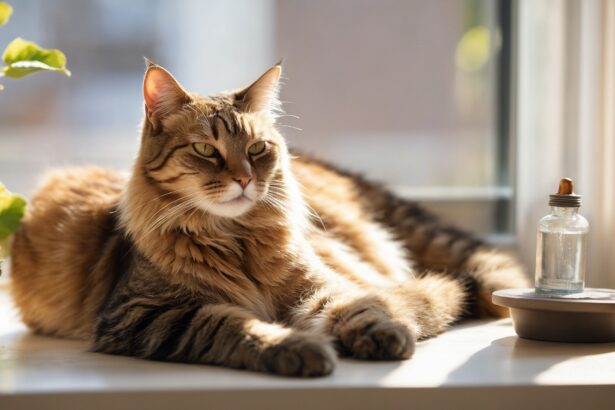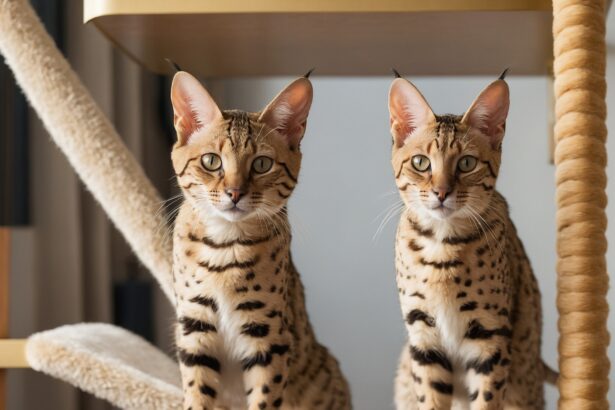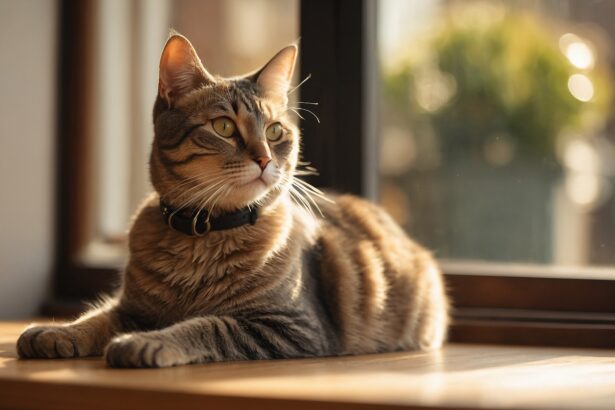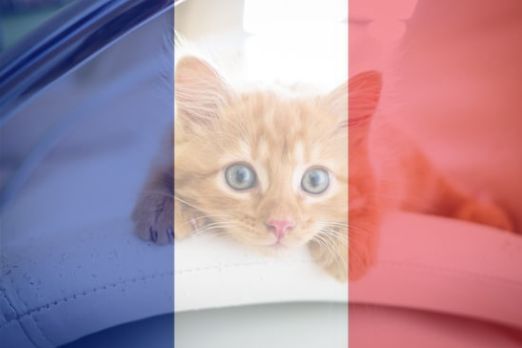Your cat is glowing… or you’re not quite sure? The good news: a healthy cat sends plenty of tiny signals every day. Here’s how to read them at home—no stethoscope needed, just keen eyes and a lot of love.
- Clear signs your cat is doing well
- A steady, healthy weight
- A supple, shiny coat
- Bright, clear eyes
- Energy—at their own pace
- Clean, calm ears
- A litter box that tells the truth
- Behavior that makes sense
- Pink gums and decent breath
- A clean, easy nose
- Regular, thorough grooming
- Handy extras
- When to consult promptly
- FAQ
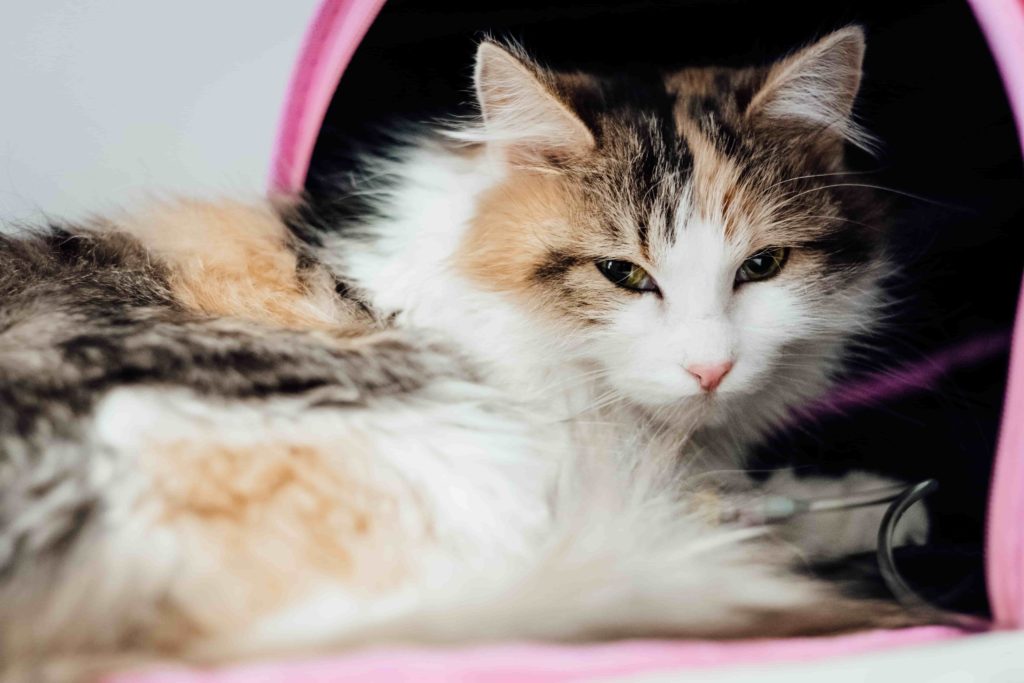
Clear signs your cat is doing well
A steady, healthy weight
A fit cat keeps a stable weight—no yo-yo. You should feel the ribs under a thin layer of fat, not more. Sudden loss of appetite, overeating, or a big jump in thirst are early alerts.
If that change lasts more than 24–48 hours, call your vet. Want to adjust meals gently? Try this practical, balanced approach to feeding your cat well without battles at the bowl.
A supple, shiny coat
Soft, glossy, and free of dandruff or mats—your cat’s coat reflects what’s happening inside. Dull, brittle, or greasy fur can signal parasites, deficiencies, or stress.
- Brush regularly, even short-haired beauties benefit.
- Watch for new bald patches or intense licking on the same spot.
Bright, clear eyes
Shiny eyes without redness or discharge are a great sign. Relaxed lids and responsive pupils mean comfort. Frequent blinking, a cloudy look, or watery eyes deserve attention.
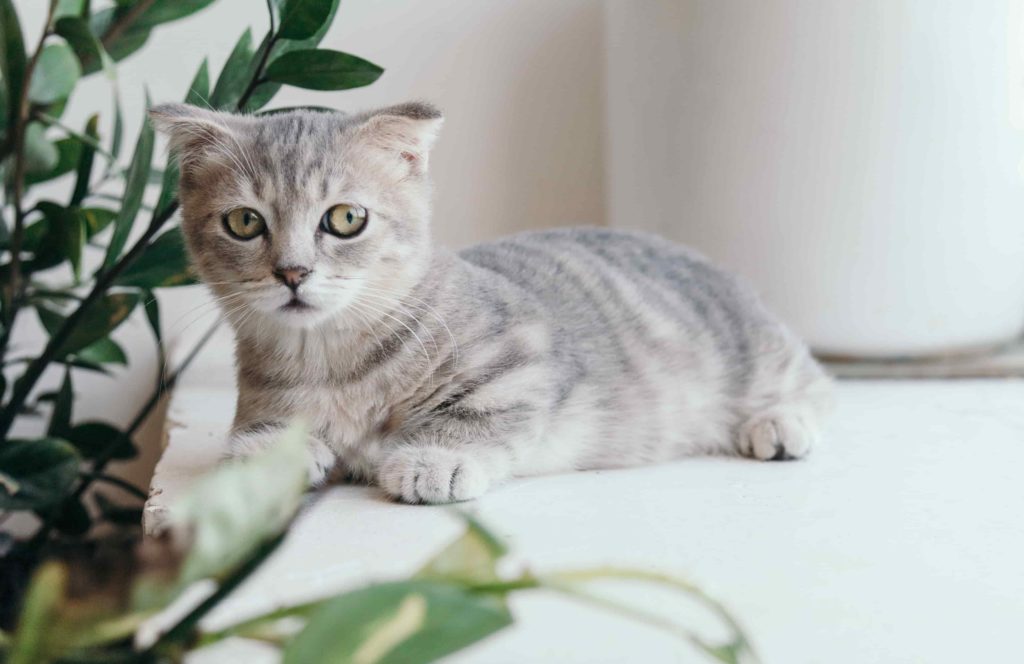
Energy—at their own pace
A healthy cat explores, plays, “hunts” toys, then naps like royalty. A marked drop in activity, or unusual restlessness, can point to discomfort.
- Compare to their normal baseline—age, season, and personality all matter.
- Curiosity and playfulness are excellent well-being barometers.
Clean, calm ears
No smell, minimal wax, no redness—perfect. Dark discharge, persistent scratching, or a tilted head? That’s a vet visit.
- Clean only the visible ear flap with a cat-safe lotion.
- No deep cotton swabs—they can cause injury.
A litter box that tells the truth
Well-formed, dark-brown stools and pale-yellow urine are normal. Diarrhea, constipation, blood, or tiny frequent pees all need prompt advice.
Practical tip: use a light-colored, clumping litter to spot changes quickly and make choosing the best litter easier for both of you.
Do not downplay sudden thirst. A clear increase in water visits can indicate kidney or metabolic issues—don’t wait it out.
Behavior that makes sense
Healthy cats keep their little rituals: asking for cuddles, rubbing, friendly meows, and balanced curiosity about their world. A new withdrawal, irritability, clinginess, or restless sleep deserves a closer look.
Think stress might be the culprit? Spot the signs of stress in cats and soothe your mini-panther’s daily life.
Pink gums and decent breath
Healthy gums are smooth bubble-gum pink, with no bleeding during brushing. Pale, red, blue-tinged, or foul-smelling gums need attention.
- Tartar and dental pain can tank appetite and mood.
- Introduce toothbrushing slowly—even adults can learn.
A clean, easy nose
No crusts, no discharge, and no repeated sneezing is what you want. A sore snout or persistent secretions? Better get it checked.
- Avoid overheated, dry air—mucous membranes are sensitive.
- Observe closely after damp weather or drafts.
Regular, thorough grooming
Cats spend a good part of their waking time grooming. It keeps them clean, regulates temperature, and is… reassuring. Stopping grooming or obsessively licking one area is a red flag.
Hairball hiccups more often than you’d like? Here’s what to do when cats vomit regularly.
Handy extras
Sunday mini check-up (5 minutes)
Make a weekly ritual: quick weigh-in (you + cat, then just you), glance at eyes/nose/ears, lift the lip to check gums, gently feel the belly. Jot notes in your phone—you’ll catch changes early.
- Original tip: snap a monthly photo of gums and coat under the same light. Your camera roll becomes a health diary you can show your vet.
Good to know
- Cats sweat mainly through their paw pads—those tiny damp prints after stress are normal.
- They can spend up to half their awake time grooming—it’s their built-in spa routine.
- Surprising fact: cats have a third eyelid (the nictitating membrane) that helps protect and lubricate the eye.
Common mistake to avoid
Switching foods abruptly at the first sign of fussiness. Sudden changes can upset the tummy and mask a real issue. Rule of paw: transition over 7–10 days, and if appetite dips for 24–48 hours, call your vet.
When to consult promptly
- Appetite loss or lethargy lasting more than 24–48 hours.
- Increased thirst, very frequent or painful urination.
- Repeated vomiting, bloody diarrhea, or weight loss.
- Visible pain, limping, or breathing difficulties.
When in doubt, a quick call to your vet is always wise. Want a broader overview? Explore common cat health problems and treatments to feel prepared.
FAQ
How can I tell at a glance if my cat is healthy?
Look for a stable weight, shiny coat, bright eyes, pink gums, normal litter box output, and typical behavior. If two or more change, act quickly.
What color should healthy cat gums be?
Light pink and smooth. Pale, deep red, blue-tinged, bleeding, or very smelly gums warrant a vet check, especially if paired with tartar.
Is increased thirst in cats a serious sign?
Yes if it’s clear and persistent. It can signal kidney, hormonal, or metabolic issues. Book a check-up without delay.
What’s the easiest way to weigh my cat at home?
Step on the scale with your cat, note the number, then weigh yourself and subtract. Use the same method weekly for consistent tracking.





